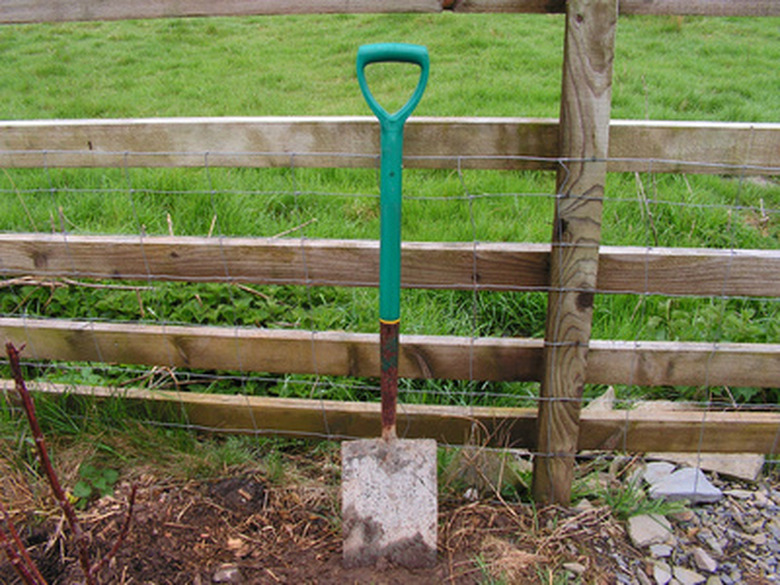Which Fertilizers Have Red Phosphorus In Them?
Red phosphorus is an insoluble, somewhat stable compound used in firework pyrotechnics and in the manufacture of matches. If treated with phosphoric acid, it can be used to produce a water-soluble super-phosphate fertilizer. While 77 percent of red phosphorus is used in fertilizer manufacturing, because it must undergo chemical processing to be useful in agriculture, it's impossible to know which retail fertilizer uses it as a component. However, if you're using an inorganic commercial fertilizer, granulated, powdered or liquid, you can be quite confident that red phosphorus was a part of the manufacturing process. In contrast, organic fertilizers use slow-release phosphorus-rich organic ingredients that degrade over time. Examples include bone meal and bat guano.
Phosphorus-Based Fertilizers
Before adding a phosphorus-based fertilizer, Michigan State University Extension recommends you have your soil tested. Soil testing laboratories located at many extensions analyze the chemical and physical components of your soil. Testing results also suggest fertilizers based on soil and crop type. Your soil may not need phosphorus additions. But if you do, before spreading phosphorus-based fertilizers, check with your city or local government. Because of ecological impacts caused by phosphorus run-off into streams and rivers and its catastrophic effect on aquatic wildlife, your community may have a ban on the use of phosphorus-based fertilizers. If it does permit it, the municipality may indicate ratios of phosphorus you can use with nitrogen and potassium. All commercial bags of fertilizer print this ratio on the packaging.
- Red phosphorus is an insoluble, somewhat stable compound used in firework pyrotechnics and in the manufacture of matches.
- But if you do, before spreading phosphorus-based fertilizers, check with your city or local government.
Superphosphate Fertilizers
If red phosphorus is treated with sulfuric acid, it undergoes a superphosphate reaction and becomes phosphoric acid. Phosphoric acid is then used to make superphosphate fertilizers. If the phosphoric acid is then treated with phosphate rock and sulphuric acid, it undergoes a second superphosphate reaction. It's this triple superphosphate that is commonly used in fertilizer. Superphosphate is graded based on the phosphoric acid content. A single superphosphate contains 16 to 20 percent phosphoric acid; dicalcium phosphate contains 35 to 38 percent; and triple superphosphate contains 44 to 49. Because of expense, fertilizer manufacturers prefer using triple superphosphates in commercial fertilizers. According to Michigan State University Extension, if you're going to use an inorganic fertilizer such as this, choose an ammonium phosphate mix, one that provides nitrogen and phosphorus necessary for plants to develop extensive root systems. Based on soil test reports and your government's regulations on phosphorus use, any reputable nursery or greenhouse can recommend a suitably balanced phosphate fertilizer.
- If red phosphorus is treated with sulfuric acid, it undergoes a superphosphate reaction and becomes phosphoric acid.
- Phosphoric acid is then used to make superphosphate fertilizers.
Orthophosphate Fertilizers
Orthophosphates are the building blocks of superphosphates and are actually the form absorbed by plants. When a superphosphate fertilizer is spread on soil, it breaks down into orthophosphate units. Because it has fewer phosphorus atoms per molecule, in agriculture, when combined with ammonia, it makes an ideal fertilizer for seedlings and younger plants. Commercial fertilizers that use orthophosphates will print a ratio on the package as 7-34-0; if potash, a potassium source is added, the ratio might look like this: 7-21-7.
